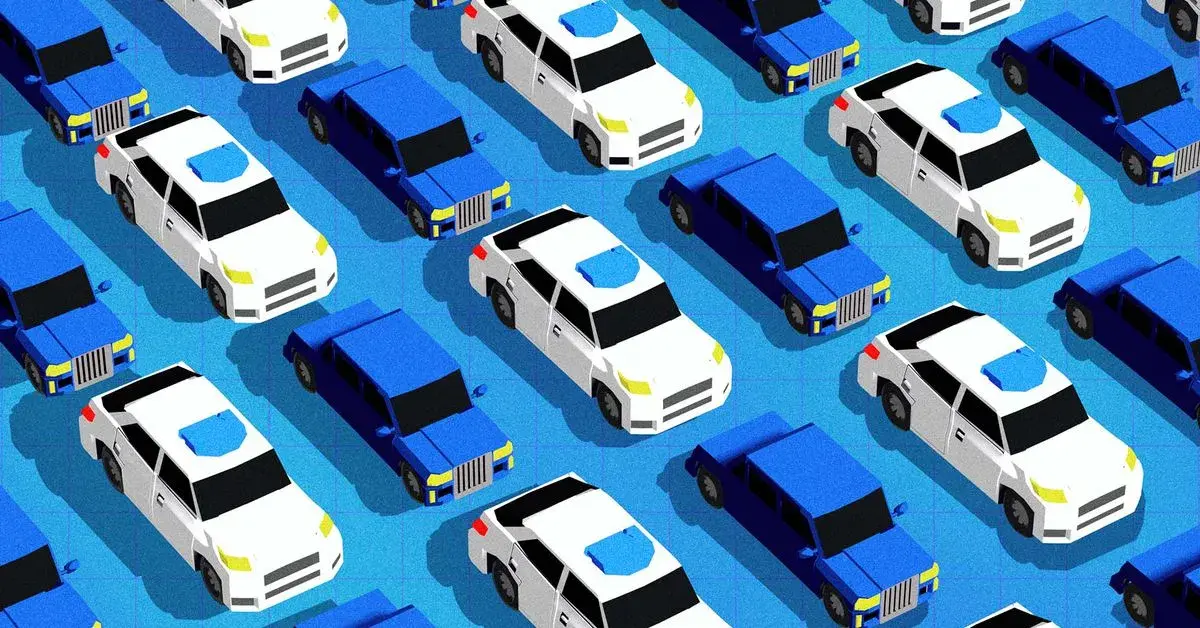Enticing though they are, such arguments conceal a logical flaw. As a classic 19th-century theory known as a Jevons paradox explains, even if autonomous vehicles eventually work perfectly — an enormous “if” — they are likely to increase total emissions and crash deaths, simply because people will use them so much.



this is at obvious odds with the current state of self-driving technology itself–which is (as i noted in the other comment) subject to routine overhyping and also has rather minimal oversight and regulation generally. Tesla is only the most egregious example in both respects; even stuff like Waymo is pretty much entirely reliant on taking their word for it that the technology would be safer than humans (which meshes awkwardly with well publicized problems and efforts to hide robotaxi safety records).
All cool tech things are overhyped. If you judgement for whether or not a technology is going to be useful is “if it sounds at all overhyped then it will flop” then you would never predict any technology would change the world ever.
And no, quite frankly those assertions are objectively false. Waymo and Cruise’s driverless programs are both monitored by the DMV which is why they revoked Cruise’s license when they found them hiding crash data. Waymo has never been found to do so or even accused of doing so. Notice that in the lawsuit you linked, Waymo was happy to publish accident and safety data but did not want to publish data about how it’s vehicles handle edge cases, which would give their rivals information on how they operate, and the courts agreed with them.
https://arstechnica.com/cars/2023/12/human-drivers-crash-a-lot-more-than-waymos-software-data-shows/